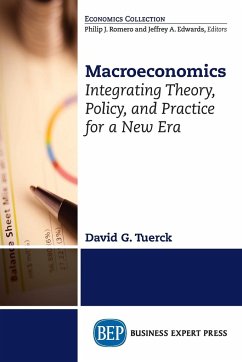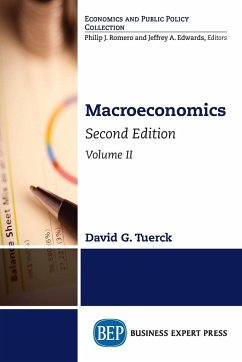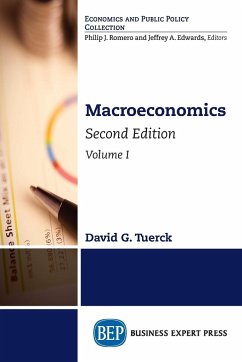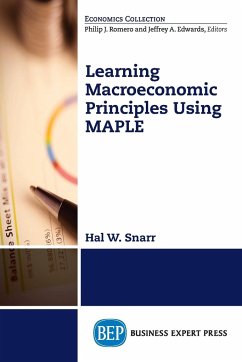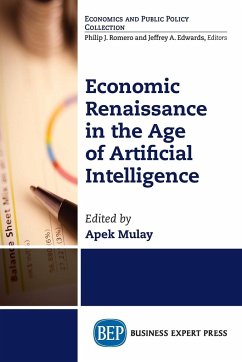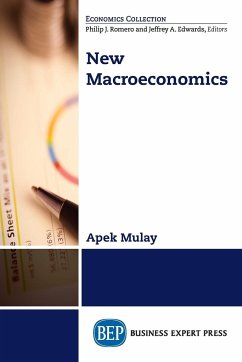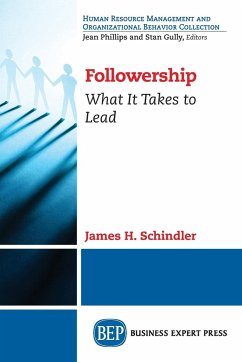Macroeconomics is the study of the economy as a whole and of work and saving choices of individual economic agents from which macroeconomic activity emerges. This book takes an integrative approach to that topic, showing how short-run and long-run forces operate simultaneously to determine the behavior of key economic indicators such as employment and real, inflation-adjusted GDP. The first goal of macroeconomic policy is to bring real GDP into line with the maximum attainable potential real GDP-the level of real GDP at which there are enough jobs to provide employment for every person who wants to work and at which government has done all it can to eliminate disincentives for workers to seek jobs and for employers to offer them. The second goal is to promote economic growth, which means encouraging innovation and a business climate conducive to innovation. This book corrects a popular view that a protracted economic downturn is necessarily characterized by an excess supply of labor and goods and a need for expansive monetary and fiscal policies. In fact, and as was shown some 40 years ago, the problem could just as well be characterized by an excess demand for labor and goods and a need for contractive monetary and fiscal policy.
Hinweis: Dieser Artikel kann nur an eine deutsche Lieferadresse ausgeliefert werden.
Hinweis: Dieser Artikel kann nur an eine deutsche Lieferadresse ausgeliefert werden.

